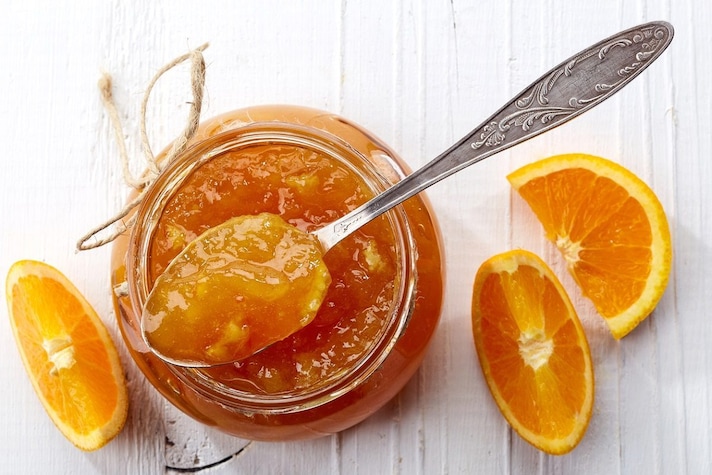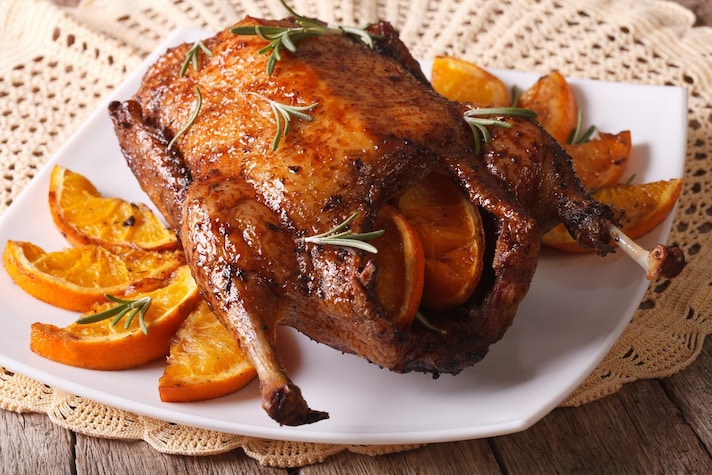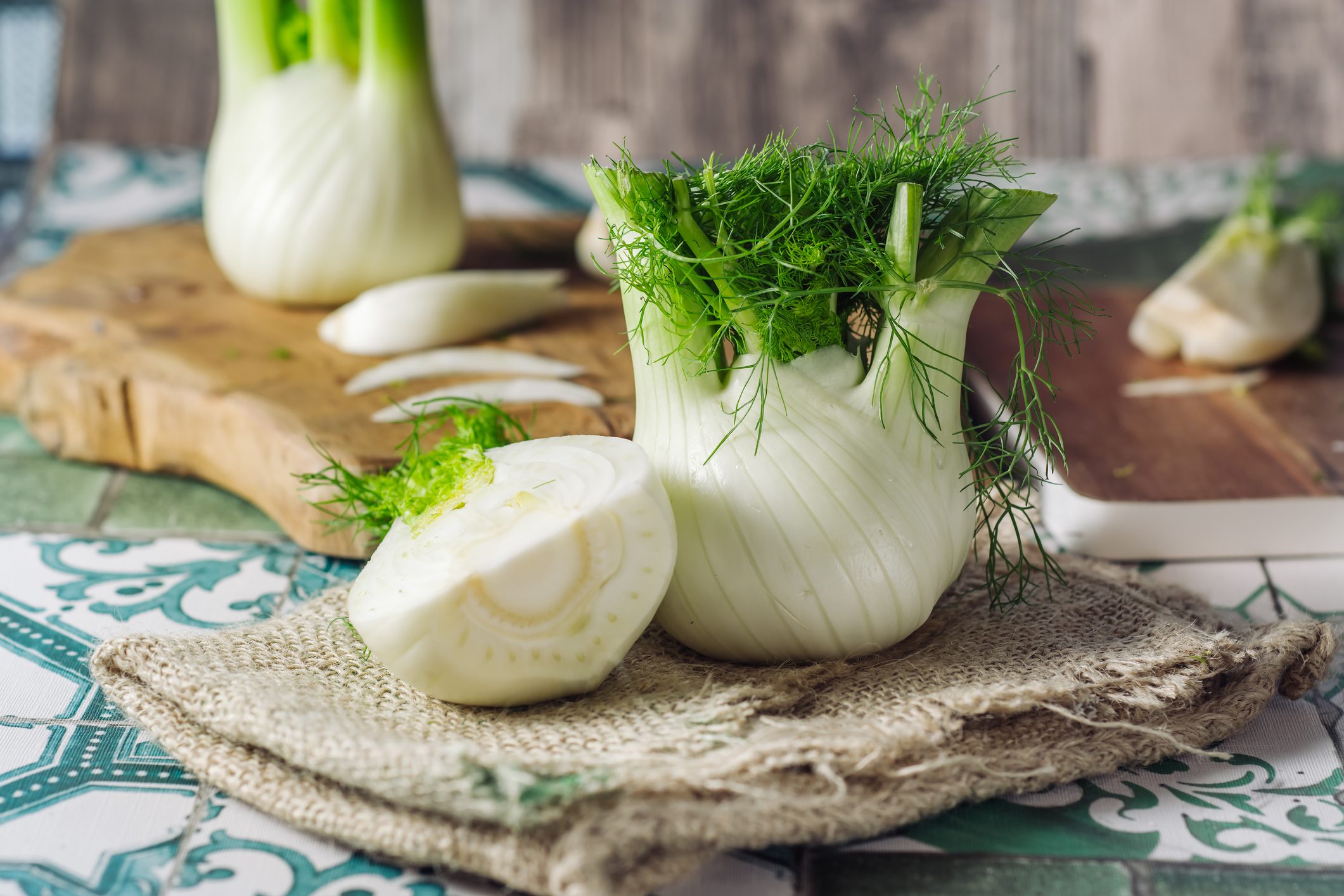Oranges: properties, varieties and culinary uses
Let's see all there is to know about oranges and why they should be always present in our diet.
;)
They are the winter fruit par excellence, juicy, healthy carriers of vitamin C and much more versatile from a culinary point of view than we can imagine. What are we talking about? Of oranges, of course. Allies of our immune system, oranges are citrus fruits very rich in mineral salts, fibers and antioxidants: originating in China, they have been grown for centuries in the warmest areas of the Mediterranean Sea such as Spain, Greece and Sicily (Italy). The varieties of oranges are as many as the beneficial properties that these juicy and sweet fruits have on our health; be they yellow or red, an orange juice is always a "glass of health". Let's see all there is to know about oranges and why they should be always present in our diet.
Properties of oranges
Oranges, whether sweet or bitter, are made up of 87% water and for this reason they are decidedly low in calories: 100 grams of oranges contain only 37 calories. Oranges are very rich in vitamin C, but to this must be added an antioxidant action thanks to cyanidin, an anti-stress effect and a strengthening of our immune defenses. Orange also contain other vitamins such as vitamin A, important for the health of the eyes, skin and hair, and traces of B vitamins. They are rich in minerals especially potassium (200 milligrams), but also phosphorus and iron. Oranges also contain carbohydrates and fiber, the latter is very important for intestinal activity.

Benefits of oranges
Thanks to their composition, oranges are a food that gives many benefits to our physique. Here are a few.
They help our intestines to digest thanks to a massive presence of citric acid which also reduces blood sugar and helps the metabolism, especially the red ones.
They strengthen the immune system, thanks to vitamin C, which also acts as an antioxidant, protecting the body from infections and stimulating the formation of antibodies.
They are a good source of citric acid and citrates, which helps prevent kidney stones.

They help prevent anemia. They do not have a large iron content but they are an excellent source of organic acids (such as vitamin C, which is ascorbic acid) and citric acid: in this way they are able to increase the absorption of iron from the tract digestive.
Thanks to the combined action of vitamin C and vitamin A, oranges contain a very powerful antioxidant mix capable of fighting skin damage caused by sun exposure and pollution. Furthermore, vitamin C is very important for the formation of collagen and therefore for the regeneration of the skin.
They are an excellent snack and, if consumed regularly, they can also have a draining effect.
Variety of oranges
For centuries, oranges have been one of the most cultivated fruits in the world and there are more than 20 different varieties; mainly divided into sweet and bitter and yellow and red, all oranges have a cycle that ranges from the first days of November until – in some cases – May. Among the best known are:
Blond oranges. Rich in vitamins and mineral salts, blond oranges are among the best known and most consumed in the world: light colored flesh and skin and a sweet and delicate flavor. Excellent both for juices and for eating.
Valencia oranges. Varieties of oranges very versatile and late ripening, Valencia oranges adapt to very different climates and for this reason they are among the most appreciated.
Belladonna oranges. Belladonna orange is one of the most sugary and rich in vitamin C orange; they have a slightly thicker skin than the others and they are excellent to be eaten fresh.
Navel oranges. This particular orange stands out from all the others for a detail that at first glance could make one think of a malformation: these oranges in fact contain within them a second very small orange. Much used in cuisine, especially in desserts.
Oval oranges. They ripen late between March and April, they have light-colored pulp and – as the name implies – they have an oval shape and a fairly thin skin.
Blood oranges. Excellent for preparing tasty juices, the blood orange is a variety of Sicilian orange that has an intense color both inside and out, with rich pulp and few seeds.
Dark oranges. Orange with dark red flesh, among all the varieties the dark one is the one with the greatest pigmentation; the juice is blood red in color.
Tarot oranges. Orange of medium in size, it has a red striped flesh and a very thick skin. Without a doubt the queen of Sicilian oranges, the tarot orange have a more delicate and sweet taste than the other varieties and a high juiciness. It also should be noted that there are numerous sub-variants of Tarot.

Culinary uses
Oranges are not only good as juices in fact, thanks to their taste, they can be used in the kitchen for sweet and savory preparations. They are in fact very versatile in cuisine: with oranges you can prepare dishes ranging from appetizers to desserts. For example, oranges go very well with fish, and they can perfectly marinate elegant carpaccio but they can also flavor tartare. Of course, there are also a lot first courses: oranges risotto, tagliatelle with wild boar and orange juice, gnocchi with butter and orange and much more.

Very famous are also the second courses, including the famous duck with orange sauce, but also the pork loin goes perfectly with this fresh flavoring, or delicate meats such as turkey and beef. But with oranges you can also make tasty salads, such as the typical Sicilian one based on fennel, oranges and olives. Not to mention the desserts, a quite endless chapter: from soft donuts to delicious cakes, to classic desserts such as orange babà or orange jams ideal for breakfast.
;Resize,width=767;)

;Resize,width=712;)
;Resize,width=712;)
